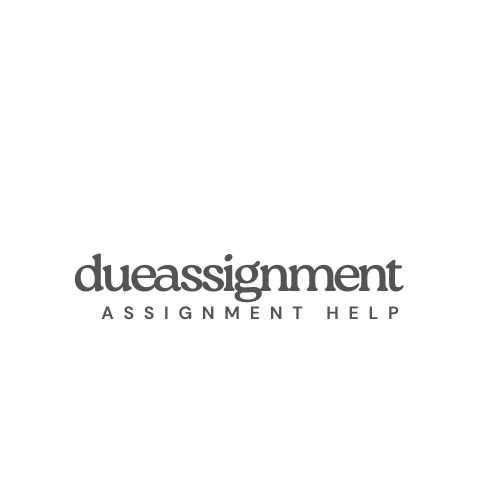SOLVED354
Falls are a common problem, particularly among the elderly population. According to the World Health Organization (WHO), falls are the second leading cause of accidental or unintentional injury deaths worldwide. They can result in serious injuries such as fractures, head trauma, and even death. In addition to the physical consequences, falls can also have a significant impact on a person’s overall well-being, causing fear, loss of independence, and decreased quality of life. It is, therefore, crucial to take measures to prevent falls and protect vulnerable individuals. There are various factors that contribute to falls, such as age, medications, poor eyesight, and environmental hazards. As we age, our body’s strength and balance decline, making us more susceptible to falls. Medications, especially those that can cause dizziness or drowsiness, can increase the risk of falls. Vision problems, such as cataracts, glaucoma, or age-related macular degeneration, can make it difficult to see potential hazards in our surroundings. Furthermore, hazards in the environment, such as uneven floors, poor lighting, or cluttered spaces, can also increase the risk of falls. The good news is that falls are preventable. Implementing fall prevention strategies can significantly reduce the risk of falls and minimize their impact. One of
SCIENCE
HEALTH SCIENCE
NURSING
******CLICK ORDER NOW BELOW AND OUR WRITERS WILL WRITE AN ANSWER TO THIS ASSIGNMENT OR ANY OTHER ASSIGNMENT, DISCUSSION, ESSAY, HOMEWORK OR QUESTION YOU MAY HAVE. OUR PAPERS ARE PLAGIARISM FREE*******."

